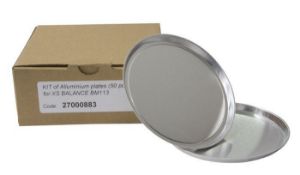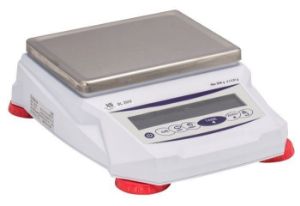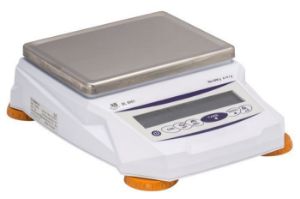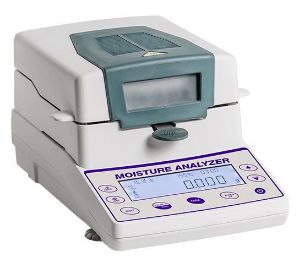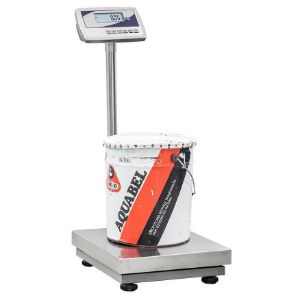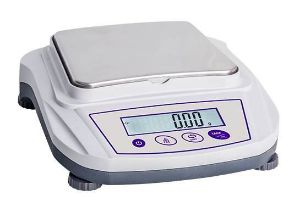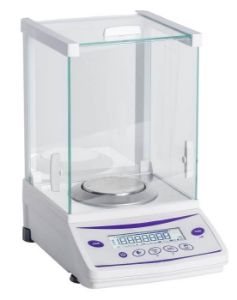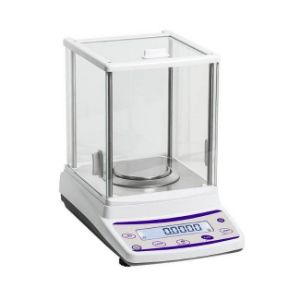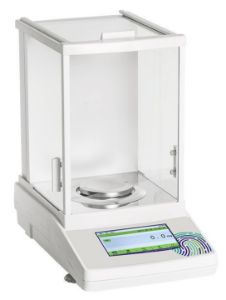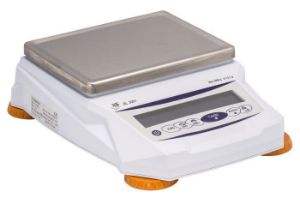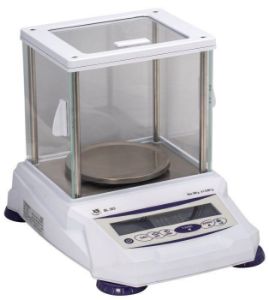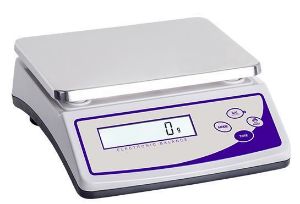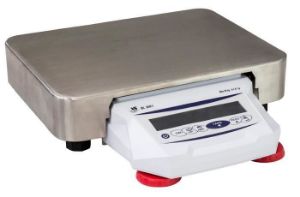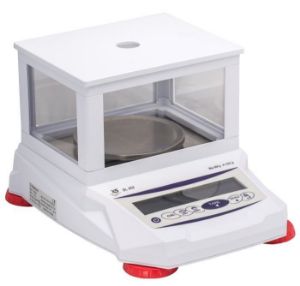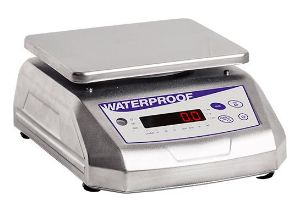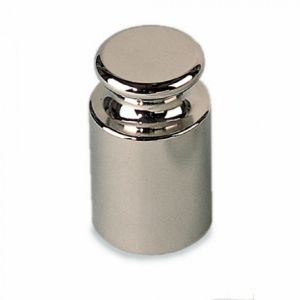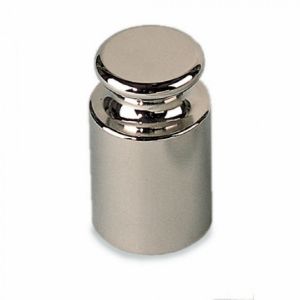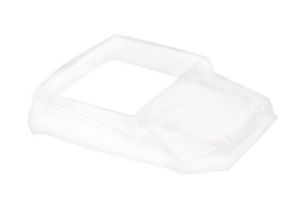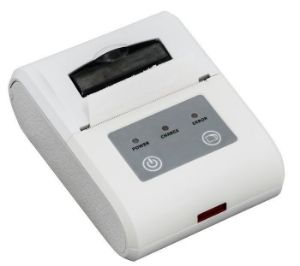Balance
Pack of Aluminium sample plates Ø 90 mm 27000883
27000883
Set of 50 sample plates, Aluminium sample plates Ø 90 mm
2 in stockXS BALANCE mod. BL 2002 27000313
27000313
BL 2002, digital balance, max. capacity 2000 g, resolution 0,01 g, counting samples function, various units measure, supplied with n.1 weight of 1000 g Class M1.
3 in stockXS BALANCE mod. BL 6001 27000123
27000123
BL 6001, digital balance, max. capacity 6000 g, resolution 0,1 g, counting samples function, various units measure, supplied with n.2 weights of 1000 g Class M1.
1 in stockXS Balance BM 113 Moisture balance 27001303
27001303
BM 113, digital MOISTURE balance, max. capacity 110 g, resolution 0,001 g, halogen lamp 400 W, 15 drying programs. Supplied with check weight and 50 sample plates.
XS BALANCE mod. BL 100K 27001213
27001213
BL 100K, digital balance with removable display, max. capacity 100 kg, resolution 10 g, counting samples function, various units measure. Stand included.
XS BALANCE mod. BL 2002 BASIC 27000303
27000303
BL 2002 BASIC, digital balance, max. capacity 2000 g, resolution 0,01 g, counting samples function, various units measure.
2 in stockXS BALANCE mod. BL 224 - 220gr. - 0,1mg 27006003
27006003
BL 224, digital balance, max. capacity 220 g, resolution 0,1 mg, internal calibration, counting samples function, various units measure, with glass plate protection box. Supplied with Certificate of calibration made with weights certified Accredia.
XS BALANCE mod. BL 224 BASIC 27005993
27005993
BL 224 BASIC, digital balance, max. capacity 220 g, resolution 0,1 mg, external calibration, counting samples function, various units measure, with glass plate protection box. Supplied with Certificate of calibration made with weights certified Accredia. Included calibration weight E2 class
XS BALANCE mod. BL 224 TOUCH 27006013
27006013
BL 224 TOUCH, digital balance touch screen display, max. capacity 220 g, resolution 0,1 mg, internal calibration, counting samples function, various units measure, with glass plate protection box. Supplied with Certificate of calibration made with weights certified Accredia.
XS BALANCE mod. BL 3001 27000113
27000113
BL 3001, digital balance, max. capacity 3000 g, resolution 0,1 g, counting samples function, various units measure, supplied with n.1 weight of 1000 g Class M1.
XS BALANCE mod. BL 303 27000513
27000513
BL 303, digital balance, max. capacity 300 g, resolution 0,001 g, counting samples function, various units measure, with glass plate protection box, supplied with n.1 weight of 100 g Class M1. Supplied with Certificate of calibration made with weights certified Accredia.
XS BALANCE mod. BL 30K 27001203
27001203
BL 30K, digital balance, max. capacity 30 kg, resolution 1 g, counting samples function, various units measure.
XS BALANCE mod. BL 30K1 27000133
27000133
BL 30K1, digital balance, max. capacity 30 kg, resolution 0,1 g, counting samples function, various units measure.
XS BALANCE mod. BL 602 - 600gr 27000323
27000323
BL 602, digital balance, max. capacity 600 g, resolution 0,01 g, counting samples function, various units measure, supplied with n.2 weights of 100 g Class M1.
XS BALANCE mod. BW3000 27001003
27001003
BW 3000 WATERPROOF, digital balance double display,OIML approved, max. capacity 3000 g, resolution 1 g, counting samples function, various units measure.
The balance is the instrument that allows you to weigh, or determine the mass, of a sample. You need to keep in mind that weight and mass are two different physical quantities. The main difference is that the mass corresponds to the amount of matter from which an object is composed. The weight (or force weight), is the value of the force with which the mass is attracted to the centre of the earth.
Because gravity varies in the various angles of the planet, the difference between weight and mass strength becomes relevant in the balance calibration with high precision. For this reason, it is advisable to calibrate immediately after installation at a given location.

